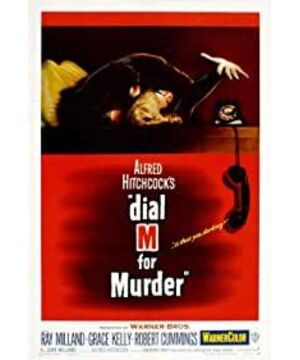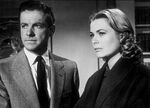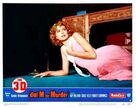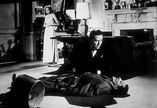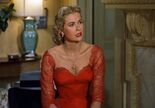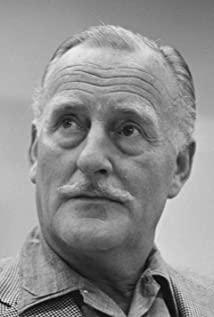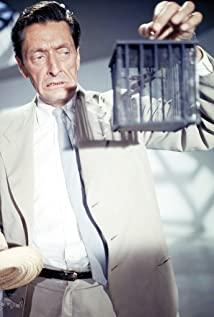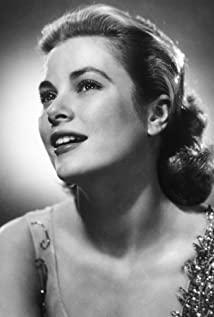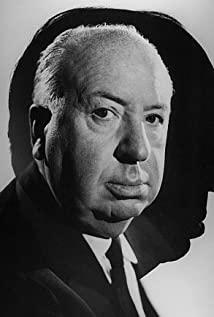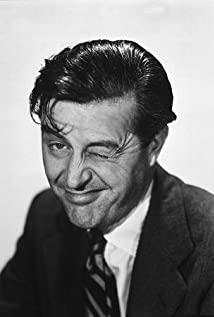There are so many Hitchcockeys, this one is relatively insensitive.
In the case of murder in a secret room, the key prop is "a key" (were the anti-theft measures in that era really so random? It's really impossible for even a gentleman to guard against it). The key word of the incident is "backfires". The male protagonist predicted a good murder plan, but an accident happened in the implementation, which caused the killer to be killed, so he planned to frame his wife as the murderer, but a few small details were exposed. No matter how I look at it, I think this trap is too low-level.
In fact, the most unacceptable part of the movie is the three views. The wife cheats with the reasoning writer. As the husband is the victim, it is normal for him to want to kill his wife and take money. On the side they are "positive". At the end of the movie, the derailed wife and the writer are together from now on, and the husband is murdered for buying a murderer (although he didn't kill him), but he will have to sit in prison for several years. If the sky suddenly dies (or goes to jail), others will sleep with your wife, beat your children, live in your house and drive your car." In the year of the filming, extramarital affairs were even more severely condemned.
By the way, this is the first film to be shot with stereoscopic film technology, which should be its greatest significance. Hitchcock originally advocated technological revolution. Ang Lee is also trying this now, but the technology is always a gimmick, and the content is the essence of the movie.
View more about Dial M for Murder reviews


